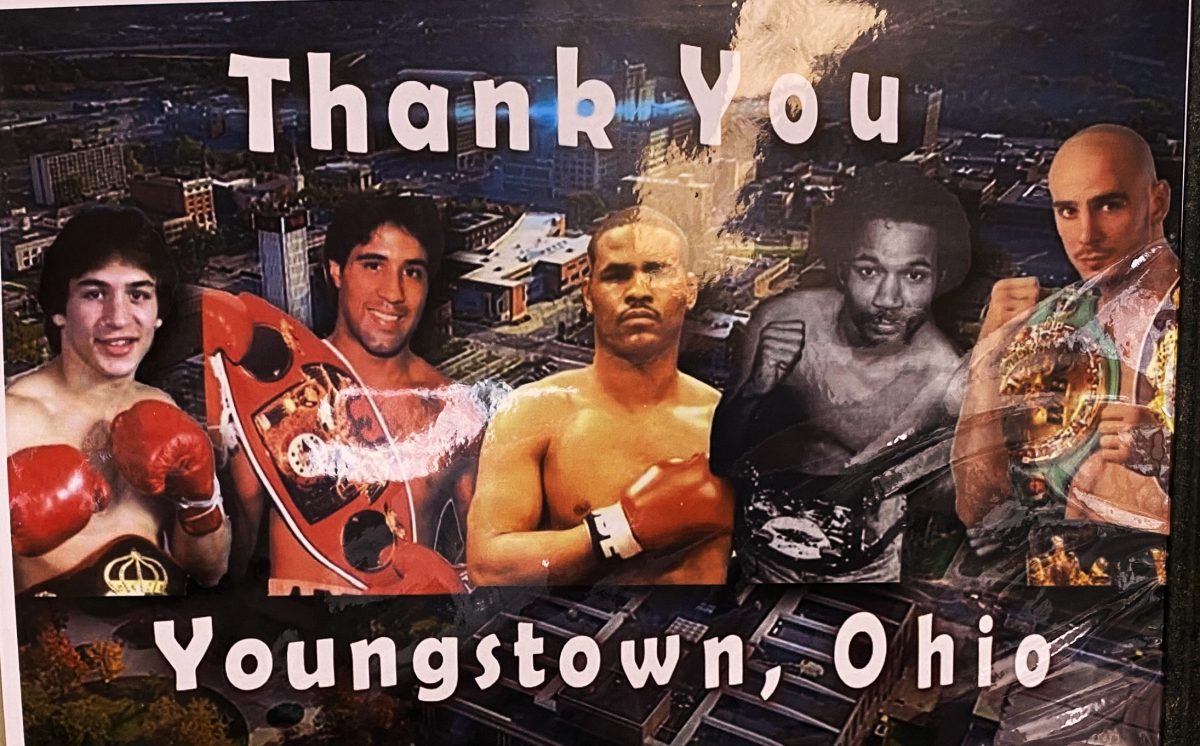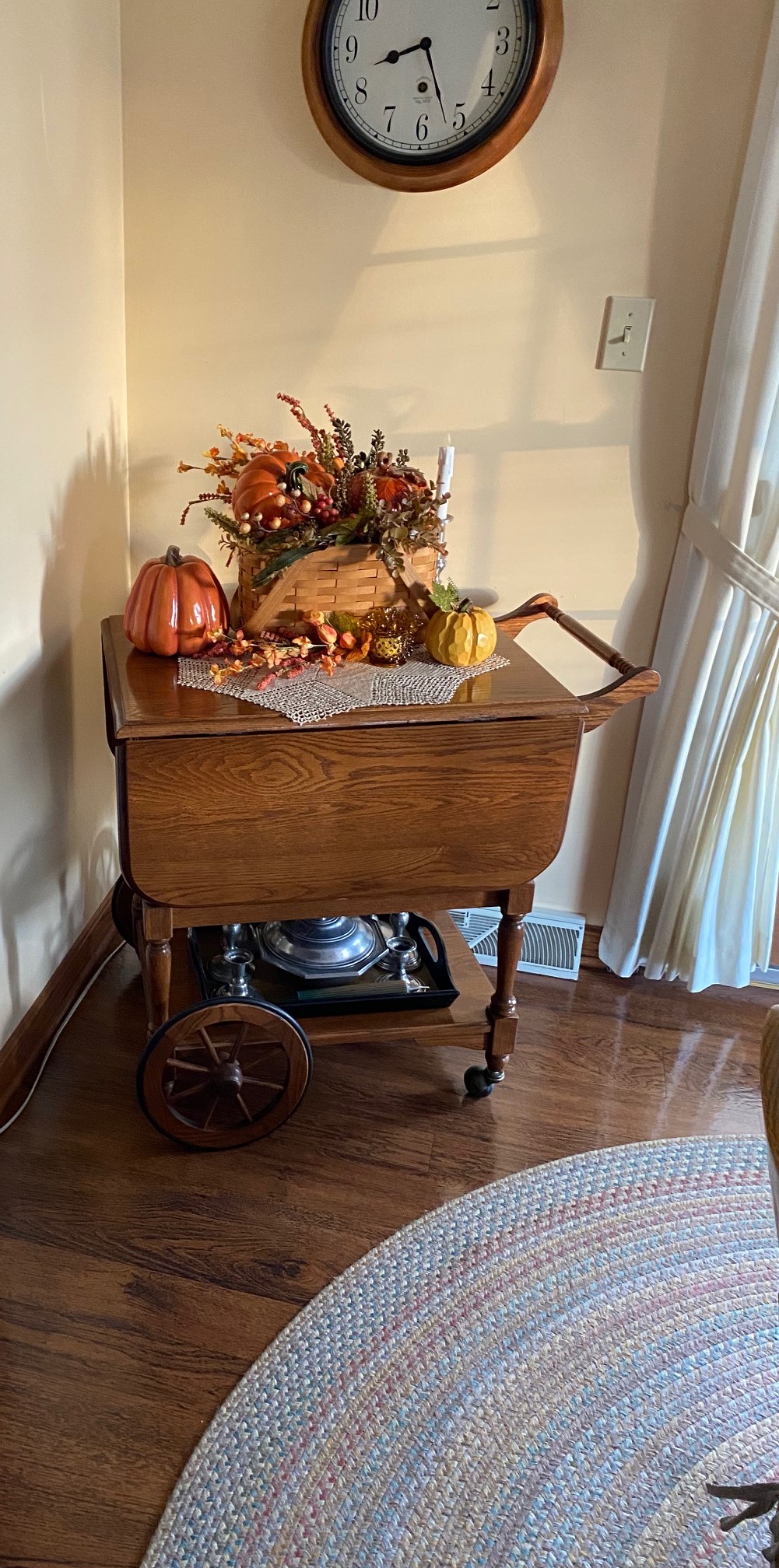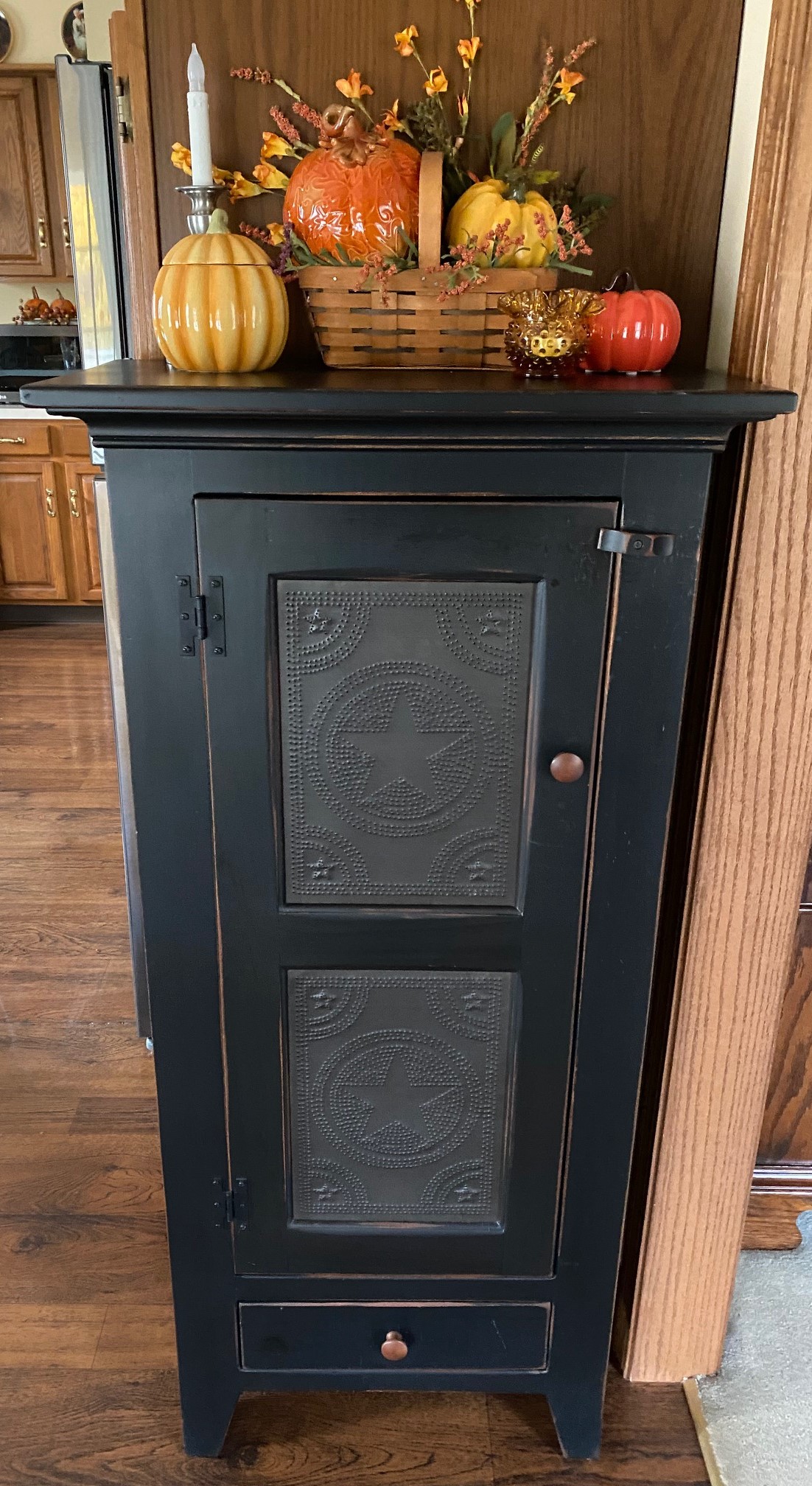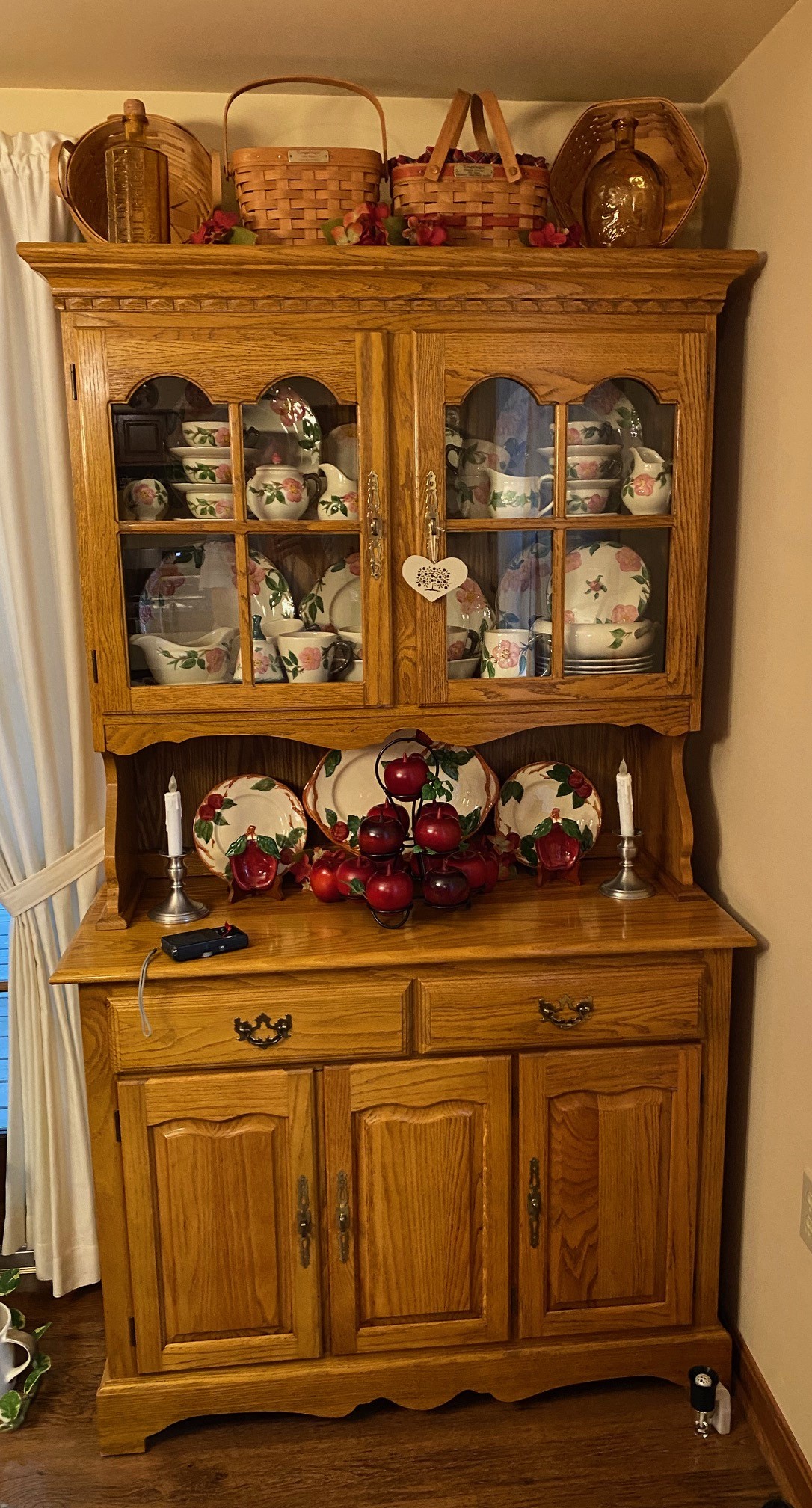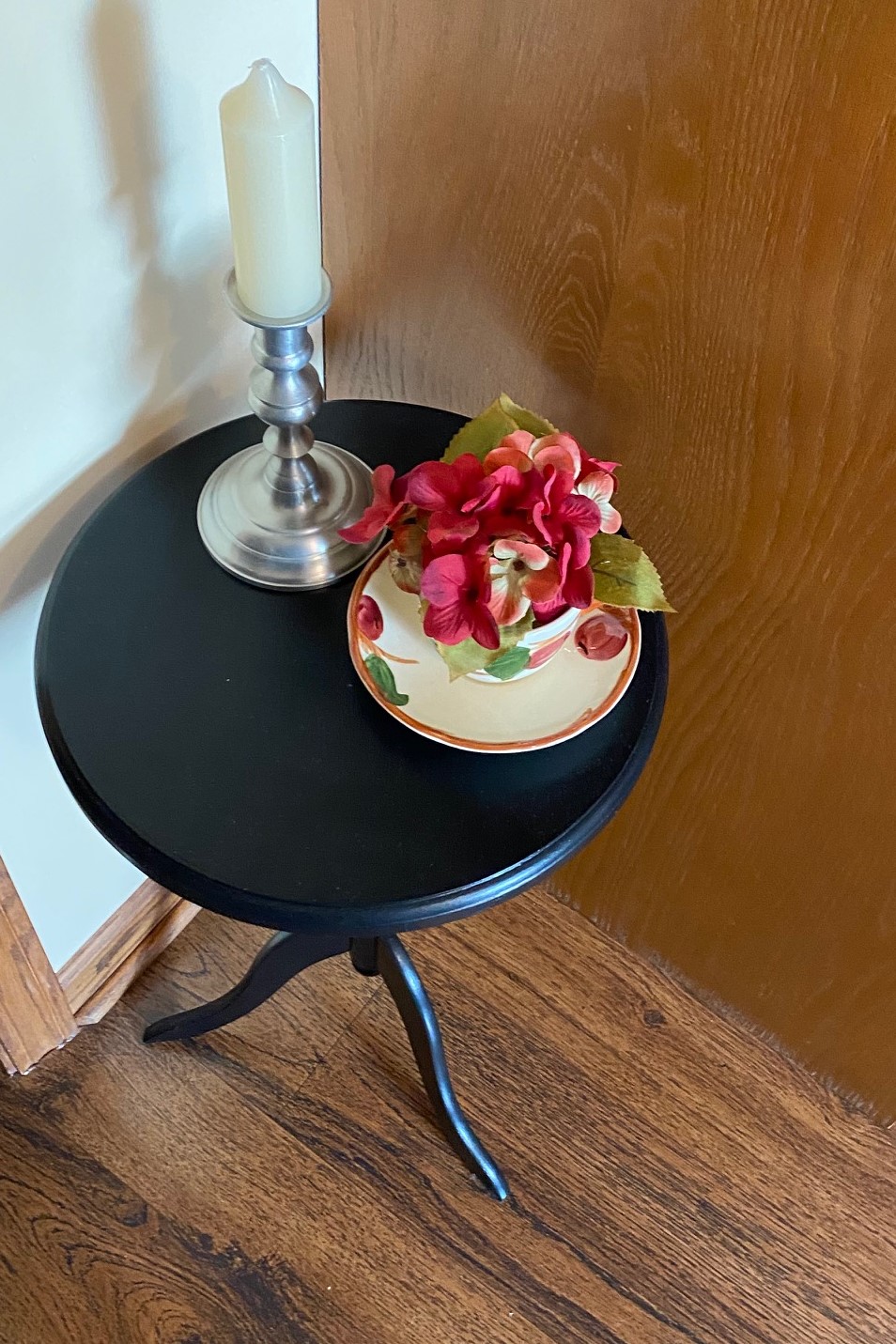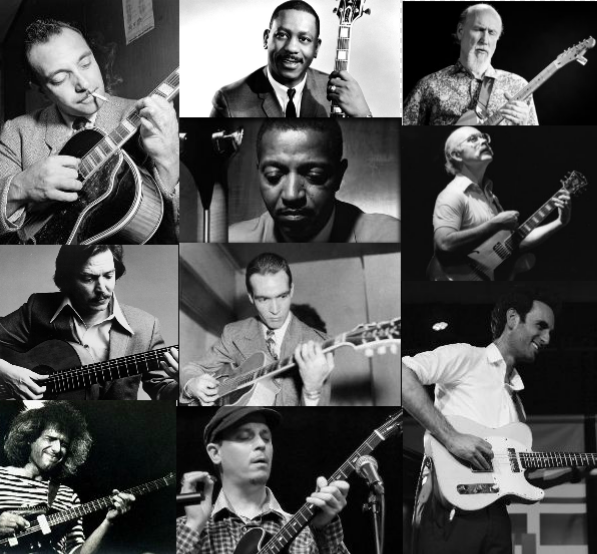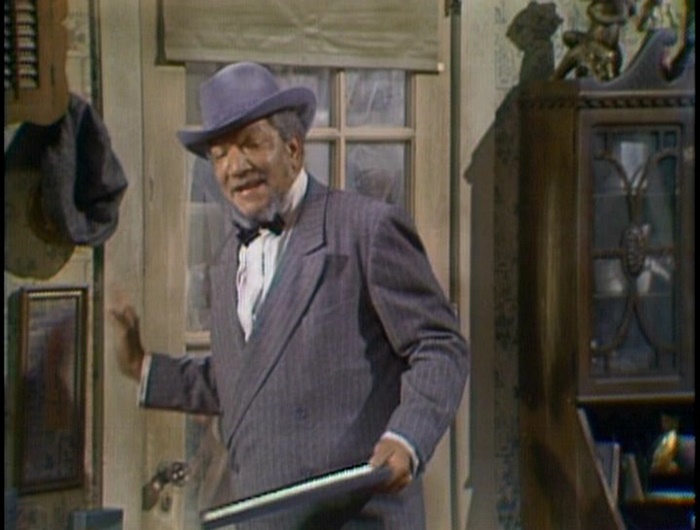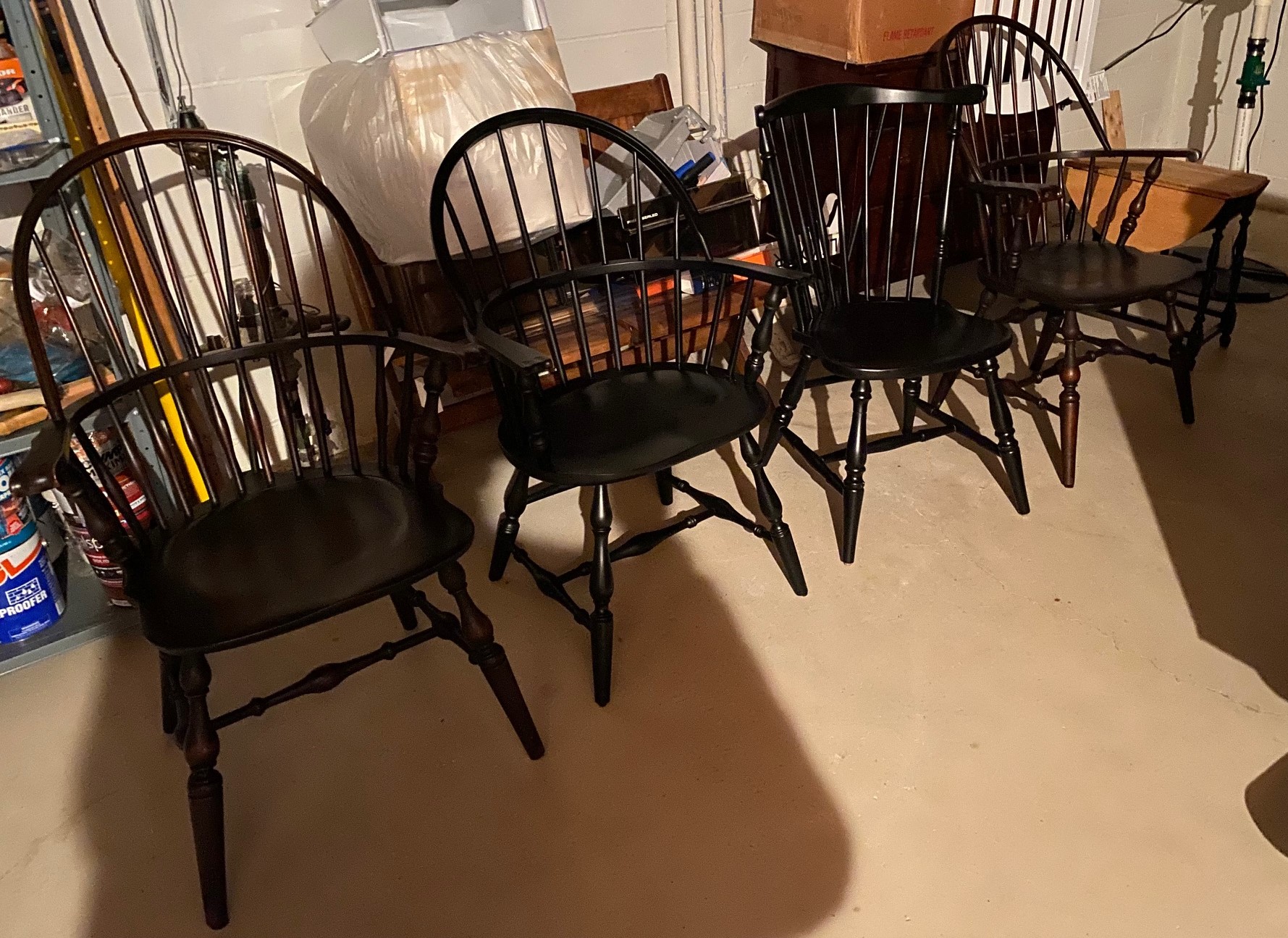Views: 264
A friend of mine was honored. He made the Ohio Veterans Hall of Fame. A retired Youngstown police officer was inducted into the Ohio Veterans Hall of Fame. The only local inductee. A career law enforcement officer, attorney and 30-year veteran who has dedicated his life to public service. Had served as an officer at the federal then local level for 30 years. Some of his accomplishments.
Did volunteer work as a police representative at the Youngstown Veterans Treatment Court. After completing an active-duty tour in 2006, he served in the Army Reserve until honorably retiring in 2012 at the rank of Lieutenant Colonel.
Finished his police career with YPD as a detective then commander, retiring in 2019. He is the recipient of the Silver Star for Bravery (Valor), the Excellent Police Duty Award, the John Edgar Hoover Memorial Gold Medal, the Distinguished Police Service Award, was recognized by the National Association of Chiefs of Police and has been inducted in the American Police Hall of Fame.
Completed the degrees of Juris Doctor and Doctor of Law and Policy. His public service contributions include giving back to the community by providing meals to elderly, disabled and persons in need.
As an attorney, he provided free legal assistance to the community and Ohio Veterans Home residents. He has conferred on the Tennessee Comprehensive Emergency Management Plan and the Veterans Home in Cleveland, Tennessee.
He protected the public from fraud by serving on the Mahoning County Bar Association Certified Grievance committee and the Ohio State Bar Association Unlicensed Practice of Law Committee.
Veterans selected for the Ohio Veterans Hall of Fame served our country honorable and continue to serve their communities, state, and nation through volunteerism, advocacy, professional distinction, and public service.
![]()




